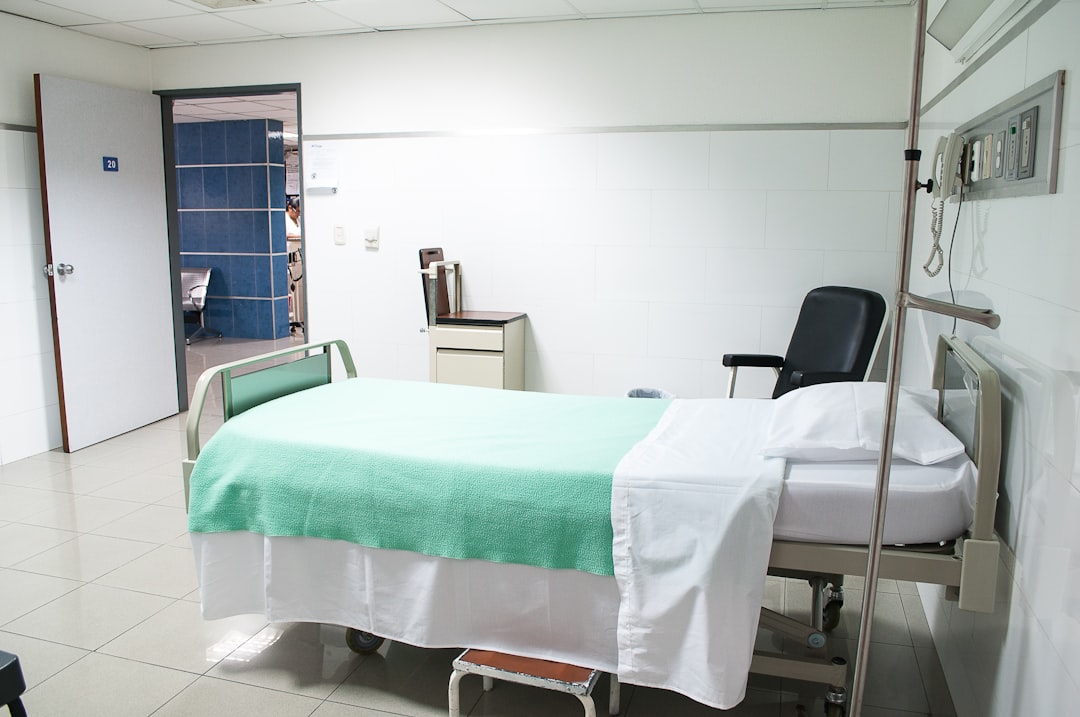ODOT release – Commissioners approve plans, projects to for the near- and long-term – PENDLETON – The Oregon Transportation Commission met Friday in Pendleton for its regular meeting. This is the first time the commission has met east of the mountains since the pandemic paused travel. Commission Approves Oregon Transportation Plan – The commission approved the Oregon Transportation Plan, or OTP, which is the 25-year plan that shapes the state’s transportation system. This new OTP focuses on connecting people and goods in the most climate-friendly, equitable and safe ways. Oregon’s transportation system faces many significant challenges. The OTP seeks to address these challenges through a policy framework aimed at: Saving lives. Centering equity. Reducing greenhouse gas emissions. Securing sustainable and reliable funding. Maintaining the existing system and completing critical connections. Enabling the efficient movement of goods and services. Additional funding would be required to achieve the many goals of the OTP. The plan includes information on how to prioritize limited funding and how any additional money should be allocated. “Without additional funding, we need to make tough tradeoff decisions,” said ODOT Director Kris Strickler. “This plan helps us advance toward more equitable outcomes, address the most critical safety issues, and build and maintain a cleaner transportation system with the limited funds we do have.” The plan recognizes that operations and maintenance of the entire multimodal transportation system is vital. Roadways are a key asset for freight trucks and passenger vehicles, but they are also a conduit for most bikeways and walkways, and they also serve transit buses. The OTP acknowledges that these routes are essential for connecting communities and supporting commerce and that maintaining this system must be balanced with completing the biking and walking system, adding electric vehicle charging infrastructure, expanding transit service and more. The OTP was developed over the past 18 months with the help of Oregonians with diverse backgrounds and experiences, including those representing partner tribes, jurisdictions, agencies and key audience groups. Three major public comment periods ensured input from across the state and in multiple languages. By focusing on the users of the transportation system, the plan includes policies that create benefits for all people and communities. “The updated OTP charts a path for a different future for Oregon,” said Amanda Pietz, ODOT administrator for the Policy, Data and Analysis Division, where the plan is housed. “We heard loud and clear that the plan is only as useful as it is implemented. The OTP will direct the work of ODOT, but additional partners – including tribes, other state agencies, local governments, members of the private sector and more – will be critical in working with us to implement the policies in this plan so we can fully realize its vision.” The final adopted OTP and related information are available on the website. Commission Adopts Statewide Transportation Improvement Program for 2024-2027 – The Statewide Transportation Improvement Plan, or STIP, is ODOT’s four-year capital improvement program. It includes projects on federal, state, city and county transportation systems (highway, passenger rail, freight, public transportation, bicycle and pedestrian), and projects in the National Parks, National Forests and Indian tribal lands. The Oregon Transportation Commission and ODOT develop the STIP in coordination with a wide range of key audiences and the public. The OTC’s action to adopt the Final 2024-2027 STIP enables ODOT to forward the document to the Federal Highway Administration and the Federal Transit Administration for their final approval. Commission Adopts Oregon State Rail Plan-Implementation Plan – Unlike highway or transit systems, the rail network is predominantly owned by private industry, requiring unique public-private partnerships to accomplish the state’s goals with the rail system. The Oregon State Rail Plan-Implementation Plan, approved by the Oregon Transportation Commission at the meeting, helps ensure investments contribute to a safe, efficient and reliable rail network that benefits Oregon residents and businesses. An analysis of the state’s rail needs – a key part of the plan – will help accomplish the state’s goals. An interactive Rail Needs Inventory map details passenger and freight rail needs, including ownership, project description and more. It also includes an equity lens layer to help prioritize projects in disadvantaged communities. Having this information easily accessible will help the state take advantage of investment opportunities when they arise. For more information, see the full implementation plan on our website. Interstate Bridge Replacement Program Provides Update After Oregon Legislature Supports Project With $1 Billion Commitment – The Interstate Bridge Replacement program, or IBR, will replace the existing bridge with a modern, earthquake-resilient, multimodal structure that will improve safety and keep people and the economy moving into the future. The IBR program is currently in the federal environmental review phase and is studying two alternatives – the modified Locally Preferred Alternative, with various design options, and the no-build alternative. The Oregon Legislature committed $1 billion to the project during this year’s legislative session. That matches the $1 billion commitment already received from the state of Washington. To pay for the project, these funds will be combined with federal funding and toll revenue. The commission’s next meeting is scheduled for Sept. 14 in Eugene. Sign up to receive automatic emails about the commission and its work on the website.
The post ODOT Commission Meeting at Pendleton, July 17 appeared first on Coos Bay Events Calendar News North Bend Bandon Coquille.



